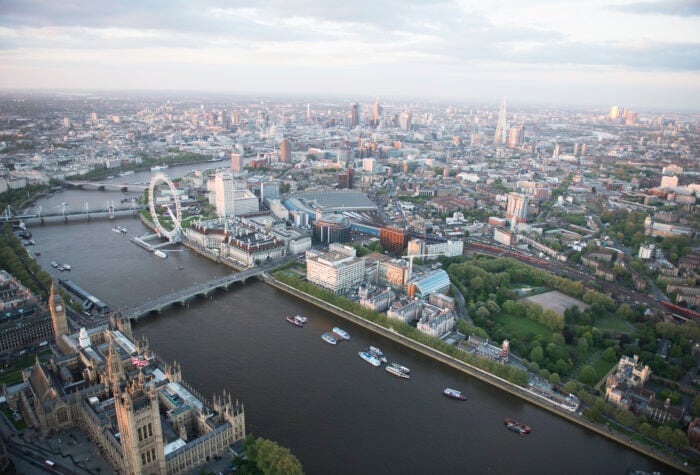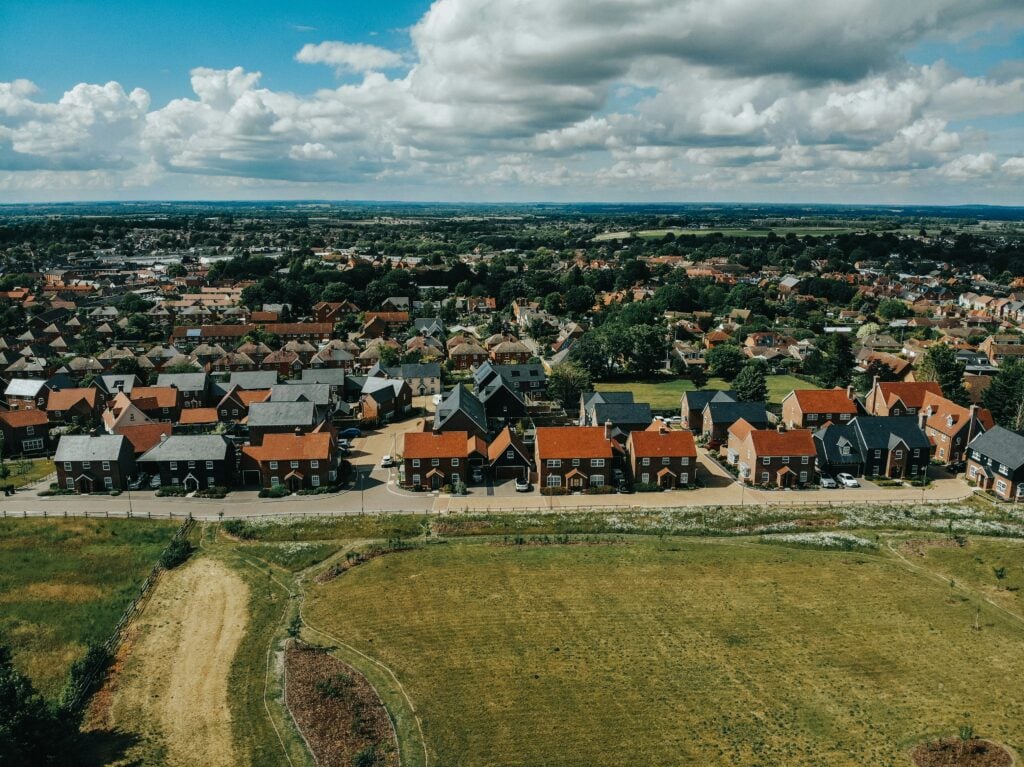
M&E Webinar: Building Safety Act 2022
Brookbanks recently hosted an insightful webinar on the Building Safety Act 2022, shedding light on the evolving landscape of building safety regulations in England. The session, led by Associate Director Jack Kenny, covered the Act’s implications, industry challenges, and Brookbanks’ proactive approach to compliance.
Introduction to the Building Safety Act 2022
The Act was introduced to enhance safety standards across both high-risk and non-high-risk buildings. It establishes the Building Safety Regulator and mandates the “Golden Thread” of safety information throughout a building’s lifecycle. Originating from the Hackett Review post-Grenfell, the Act emphasizes accountability and competency across all project stages.
New Duty Holders and Their Responsibilities
The legislation defines new duty holders:
- Client
- Principal Designer (BRPD)
- Principal Contactor (BRPC)
- Designers
- Contractors
Each role carries specific obligations, from verifying competencies to ensuring regulatory compliance. Collaboration and adherence to Building Regulations are central to successful project delivery.

Challenges Faced by Clients and Projects
Clients often lack awareness of new roles and the Gateway process, particularly Gateway 2. The Act demands earlier detailed design submissions and digital record-keeping. Extended liability periods (up to 30 years) and stricter HRB classifications add complexity and risk, requiring enhanced training and documentation.
Government Response
The UK government has launched the Remediation Acceleration Plan, aiming to remediate 80% of unsafe buildings by July 2026. The Building Safety Levy, expected in Autumn 2025, will fund these efforts. Investments in training, fast-track approvals, and regulatory reforms support the goal of delivering 1.5 million safe homes.
Industry Response
The construction sector is adapting with new roles like Building Safety Managers and licensing regimes for HRB projects. Larger firms are leading the way, while smaller firms seek guidance. Professional bodies such as CIOB are providing resources to navigate increased liability and regulatory demands.

Brookbanks’ Approach
Brookbanks is embracing the legislation by:
– Supporting internal training and compliance.
– Assisting clients with Golden Thread documentation.
– Offering Technical Advisory and Quality Monitoring during RIBA Stages 4–6.
– Helping clients mitigate risks and future limitation claims.
Case Study Highlight: Brent Cross
The Brent Cross project exemplifies Brookbanks’ implementation of the Building Safety Act, showcasing our commitment to safety and regulatory excellence
Conclusion
The webinar emphasized the importance of early collaboration, competency, and proactive compliance. Brookbanks continues to lead by example, empowering clients and professionals to navigate the Building Safety Act with confidence.
If you missed the webinar it is linked below:

Meet Jack Kenny...

Jack Kenny
Read ProfileCheck out our M&E services....

Decarbonisation and Net Zero Carbon

Energy Modelling
Our approach focuses on advanced energy modelling and integrated design to meet regulatory standards and deliver zero-carbon solutions. This results in hig...
View More

External Lighting
Lighting the Way to Safer, Smarter Developments:
As planning regulations tighten and expectations rise, delivering external lighting that balances safety...
View More

Listed Buildings
The use of passive design solutions and careful integration of modern M&E services within listed buildings.
View More

Mechanical and Electrical Engineering Group
Our Mechanical and Electrical Engineering Group has a renowned team of award-winning, energy-centric building services specialists.
We are a creative te...
View More

Overheating
Overheating modelling to pass Part O compliance (TM59) for domestic properties, and industry recommendations (TM52) for non-domestic thermal comfort.
View More
More News

Podcast Episode #6: Industrial Energy Security
December 4, 2025
In our latest podcast, Grant Vasey, Director for our Mechanical and Electrical Engineering Group, and Mat Capper, Director of Utilities, delves into one of the most pressing challenges facing UK industry today: Industrial Energy Security.

The Importance of High-Quality Technical Detail & Multidisciplinary Approach
December 3, 2025
In this article, Lee Witts, Group Director for Land, Development and Communities at Brookbanks, shares his thoughts on why high quality technical detail and a genuinely multidisciplinary approach are fundamental to turning planning policy into practical outcomes, protecting value and saving client’s time.

The 2026 Budget: What it means for Housing, Development and UK Growth
November 27, 2025
Explore how yesterday’s Budget changes the industry landscape for developers, landowners and construction professionals. From tax adjustments to housing and infrastructure priorities, we outline the challenges and positives shaping the sector’s next steps as we move into 2026.
